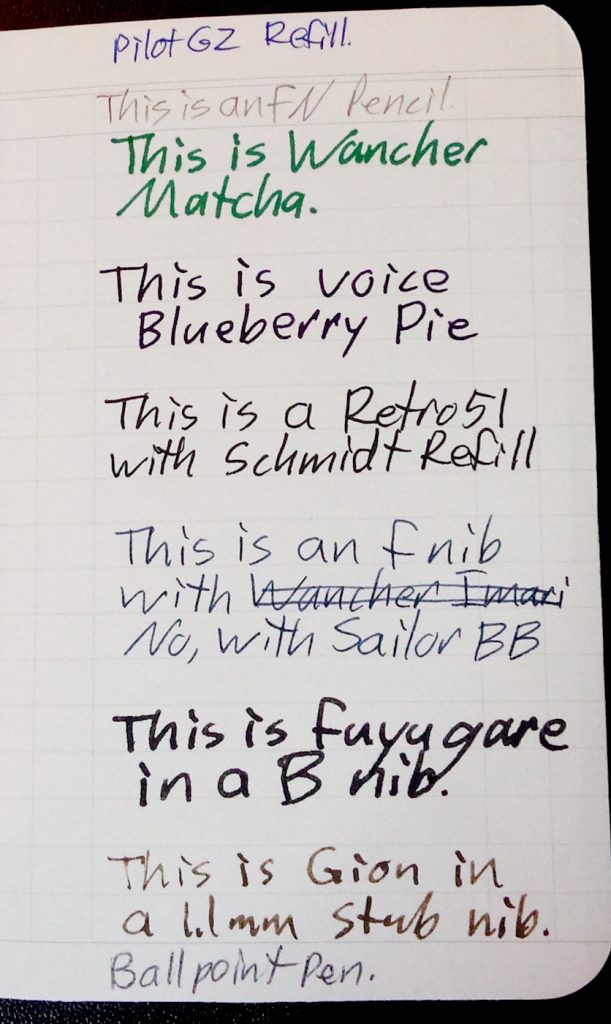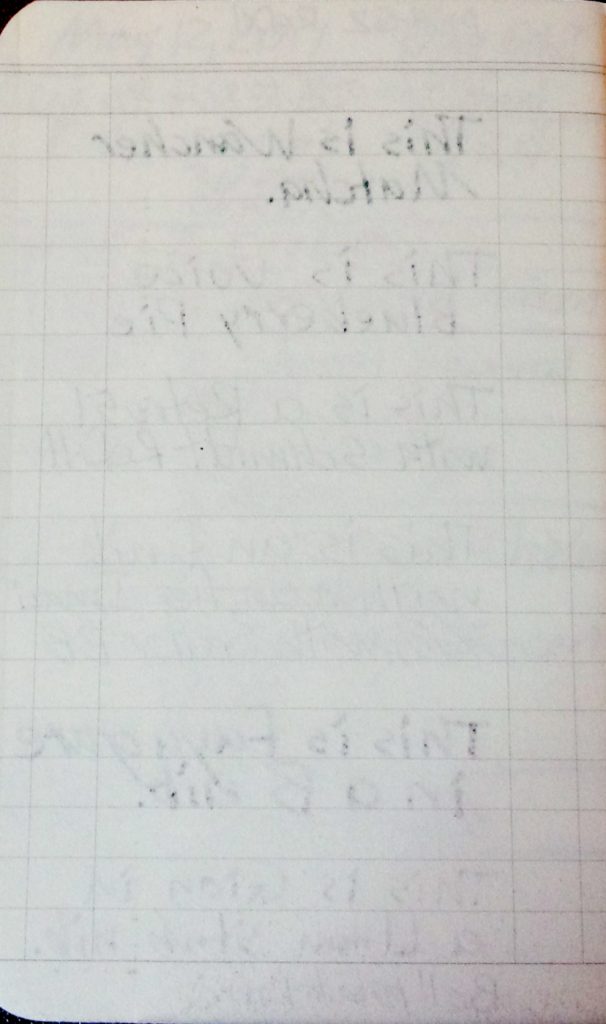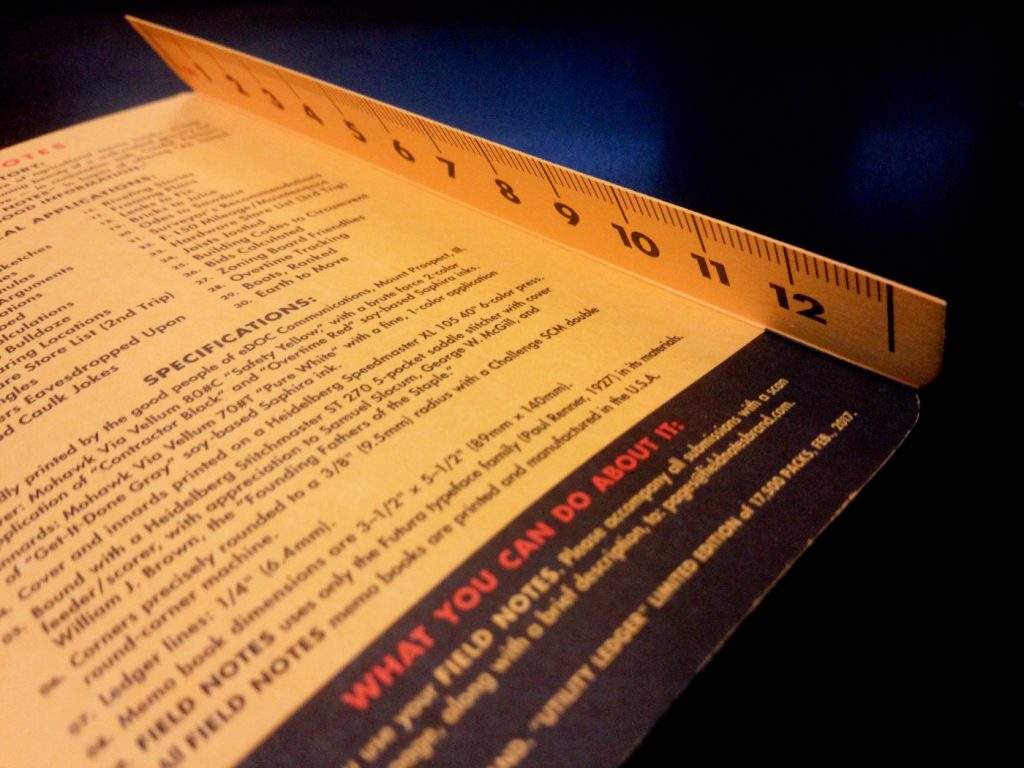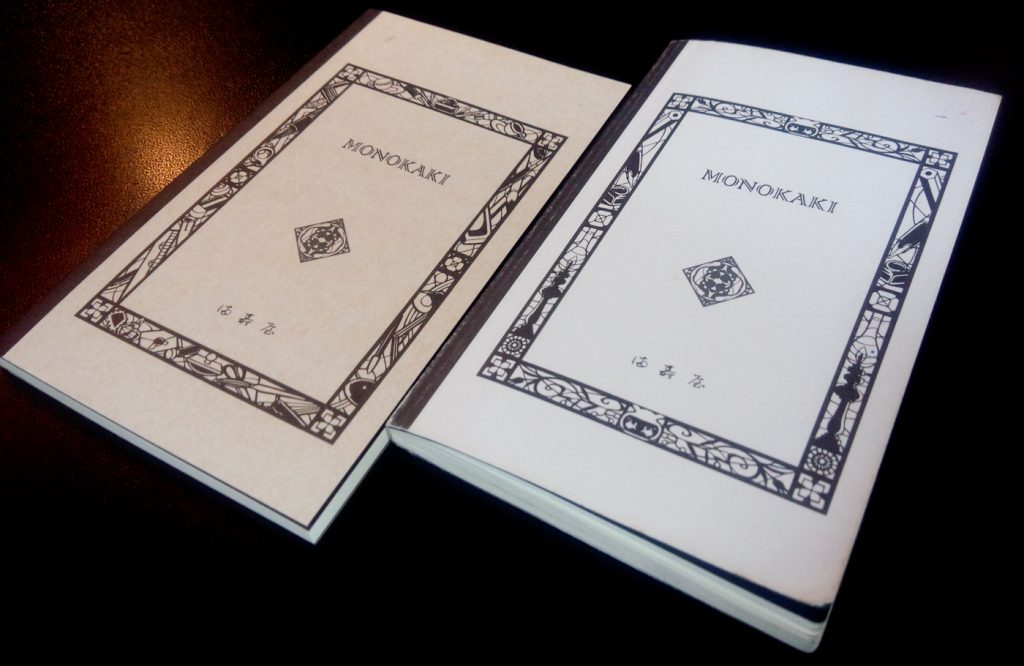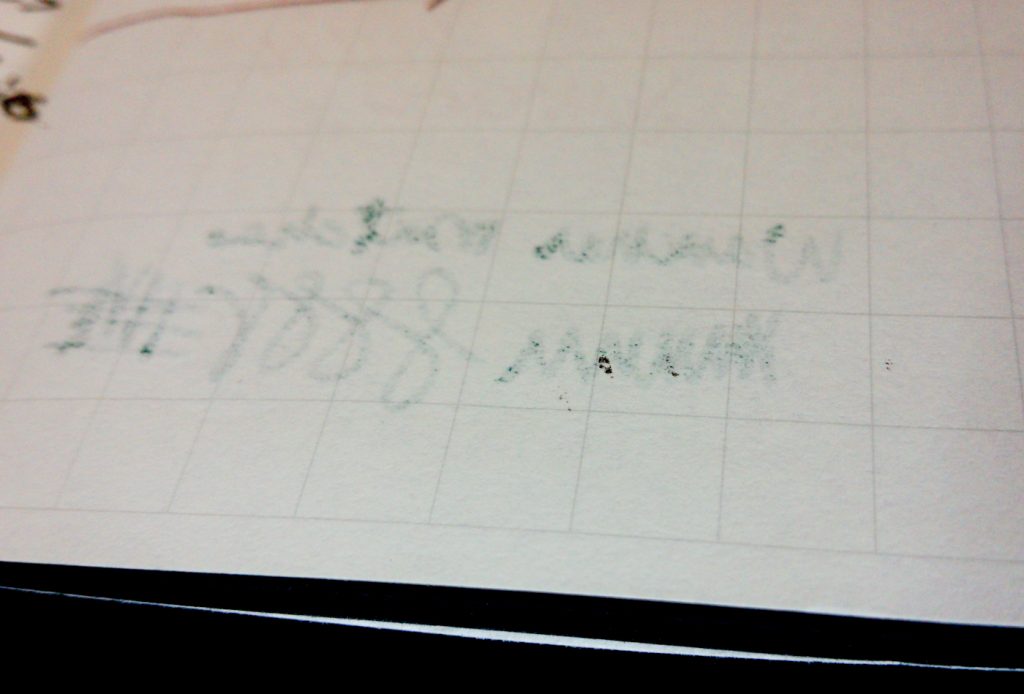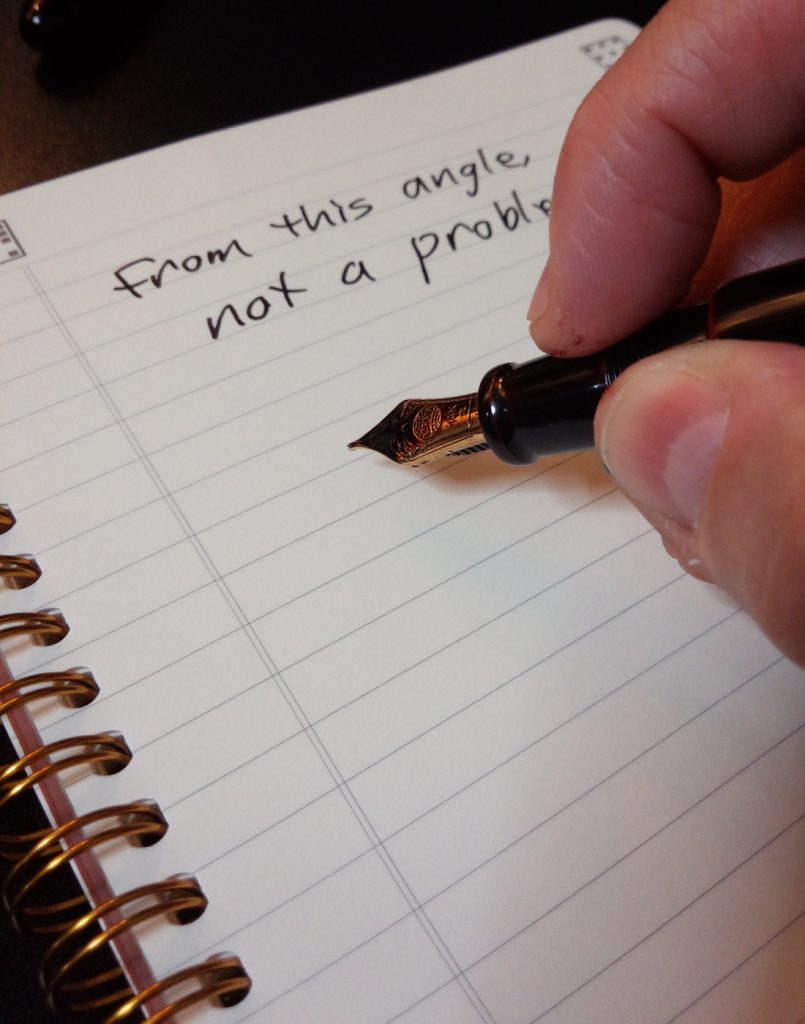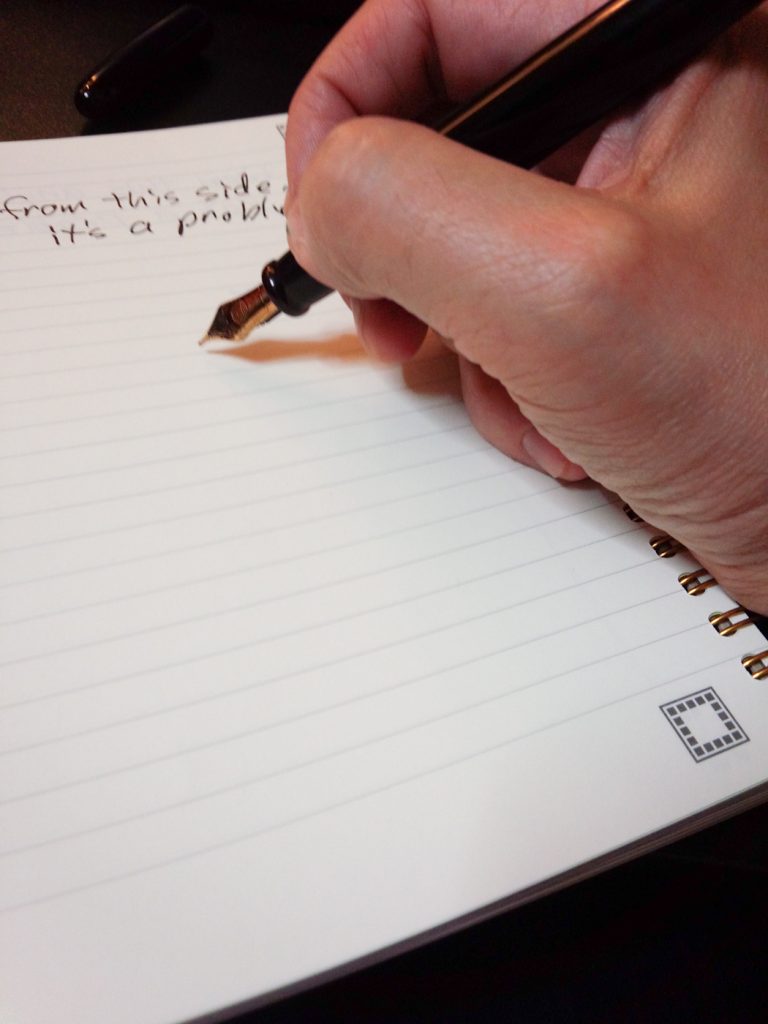I’m pretty sure today’s post will be less coherent than usual because there are a few mysteries of life I’ve been trying to solve for quite long time and I’m not sure if I’ve worked them all out:
1) Why do Japanese cellphone providers suck so bad at providing decent texting services?
2) Why do all great and popular pen makers make such crappy converters?
3) Why do pen people get along so well when knife people don’t?
The first two are mysteries that will never be solved (it will be easier to prove God’s existence than to explain number two), so instead I’ll focus on the last. One of the things I’ve noticed about the pen community is how friendly it is. At its worst, it’s nowhere close to the anger that can build in the knife community.
The pen community has some disagreements, but there are no angry rants or personal attacks from people who like handmade notebooks against people who say they like trendy notebooks (and vice versa). People who don’t like Nakaya fountain pens will get stern looks (if in person) and some discussion from Nakaya fans (if in a forum), but neither side will start hurling invective or ad hominem attacks. People who like Montblancs will get stern looks (if in person) and some discussion from every other pen addict (if in a forum), but even people not interested in buying a Montblanc can appreciate how well made they are and how attractive some of them can be.
By contrast, there seem to be gangs supporting every brand of knife produced. If you criticize a Bark River Gunny Hunter (which is a terrific knife) you will be attacked by dozens of BR fanboys who will call you lots of interesting names, provide you with a detailed list of your personal failings, and suggest you perform extremely difficult sexual acts. If you fail to show proper reverence to a Hinderer XM-18, you quickly learn that you are unworthy because you are not an operator so shut up. In one case, a popular knife and gear podcaster who gave a popular knife a terrible review was directly challenged on his podcast by the owner of the knife company.
For example, if I say I’m not interested in The Well-Appointed Desk and Skylab Letterpress‘ Col-o-Ring Ink Testing Books I’ll be met with a couple lists of their benefits rather than something like this:
Pen Community: Your and idiot.
Me: No, they look awesome, it’s just that I live in Japan and can find many similar things.
Pen Community: WTF does Japan no about stationery? Your and idiot.
Me: No, it’s just that the shipping would be too expensive.
Pen Community: You don’t make notebooks do you? BOOM mic drop.
Me: In my free time, yes.
Pen Community: Well you must suck at it.
Me: Well, yes I do, that’s why I don’t sell them. They’re just for personal use.
Pen Community: Your and Nazi.
I’m not sure why this is, but I think some of it stems from the fact that knives, in their various forms, are seen as a primal tool whereas pens are not. Yes there are cave drawings here and there, but to my knowledge we’ve never found a pen in an ancient archaeological dig (note: my office/variety room does not count as a dig even though digging is often involved to find things) but early knives are found all the time. A fountain pen can help earn you some money, but it’s not a survival tool and no one recommends you include one in all your survival kits. (Even though you totally could.)
Because of this, there’s a level of machismo and posing in the knife community that doesn’t exist in the pen community. There are no backyard pen users, but there do seem to be an awful lot of backyard commandos.
In the knife community you’ll quickly learn what knife is carried by Special Forces soldiers or DEVGRU and if you are not at least a member of the Army Compartmented Element (if it exists) then your opinion is garbage if you don’t like the knives. You are not an operator and therefore cannot disagree so shut up. You may only like the knives or GTFO.
You also learn, quite quickly, that you are not a knife maker if you criticize knives from popular makers. If you are a knife maker then, clearly, you suck at it to hold such an opinion so no one will ever buy your knives which have never been carried in combat anyway so they must suck. A similar happening in the pen community might be:
Me: Wow, why do Sailor, Pilot, and Platinum make great pens but crappy converters?
Pen Community: Your and idiot. Do you make converters?
Me: No.
Pen Community: Than your and Nazi so shutup.
In the pen community, perhaps because it is smaller, the disagreements are friendlier. If a popular YouTuber seems underwhelmed by Nakayas for being little more than a cartridge/converter pen (and remember, all converters are crap), Nakaya fans will at least hear them out before killing them with knives, er, sorry, wrong forum, offering a defense of Nakayas. (Verbally, not violently.)
I know people who don’t understand why cheap Bic pens or slightly more expensive gel ink pens are not enough for anyone (heck, even the Pen Addict himself used to express that opinion) but they are not as vitriolic as people who don’t understand why someone would pay $300 for a handmade knife when they could get a Victorinox Swiss Army knife (complete with toothpick, corkscrew and knobby hook thing) for around $30.
(Note: My solution is to get both.)
The closest we’ve seen to this level of vitriol in the pen community is some issues between an economist and a fountain pen forum moderator over Montblanc related news and exposes of questionable products (such as this and this) from other sources.
There are a couple smaller knife fora that are a real treat because they have moderators who crack down on personal attacks. They are more like the pen community, so I frequent those.


